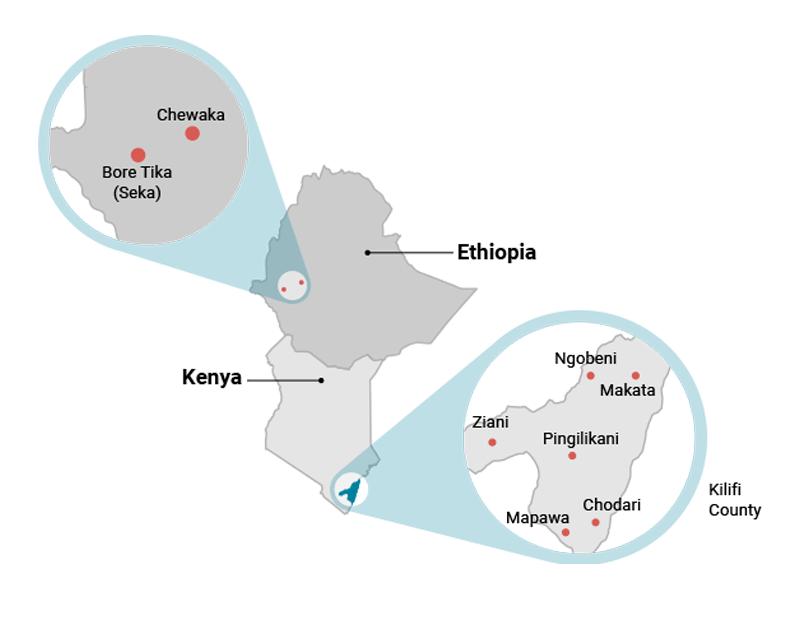
Ongoing Malaria Transmission in Kenya, Cameroon and Ethiopia
Studies for sustainable malaria control and enhancement of elimination efforts
Why this project?
Malaria poses a significant concern. For example, three-quarters of the total land mass of Ethiopia is regarded as malarious.
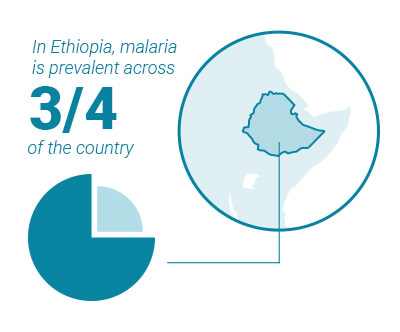
In Cameroon, five Anopheles species are responsible for over 98% of malaria transmission cases.
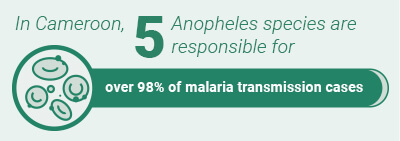
Despite increased ownership of long-lasting insecticidal nets (LLINs), such as 85% universal coverage of LLINs along the Kenyan coast, malaria still remains a major challenge.

The aim
To understand the contribution of entomological, ecological and anthropogenic factors in sustaining ongoing malaria transmission in Kenya, Cameroon and Ethiopia.
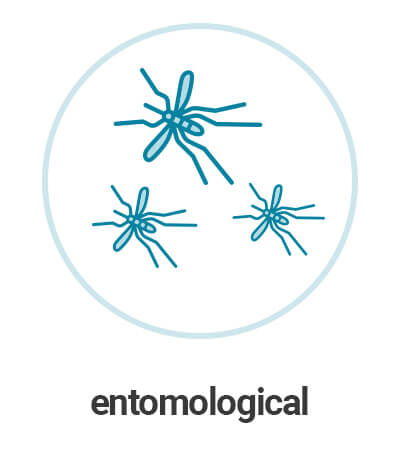
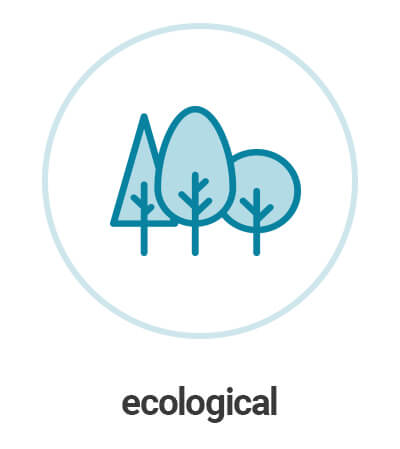
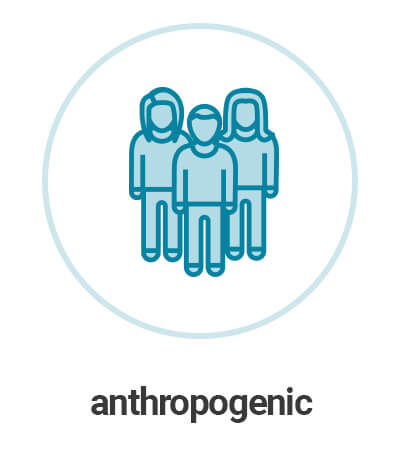
Objectives

To characterise outdoor malaria transmission in different epidemiological settings with scaled-up coverage of LLINs/IRS.

To determine the contribution of various mosquito behaviours to persistent malaria transmission despite high coverage of LLINs/IRS in different epidemiological settings.
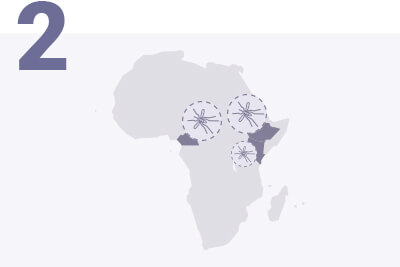
To determine insecticide resistance profiles in key malaria vectors in Kenya, Cameroon and Ethiopia.
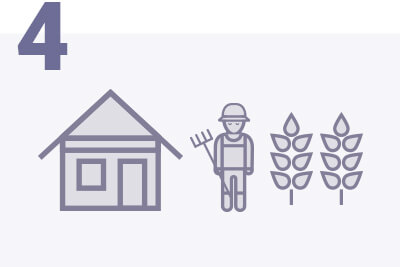
To investigate human behavioural/ occupational factors associated with exposure to mosquito bites.
The research sites
Cameroon
Olama village: 65 km south of Yaoundé along Nyong River
Nyabessan village: 220 km south of Yaounde along the Ntem River
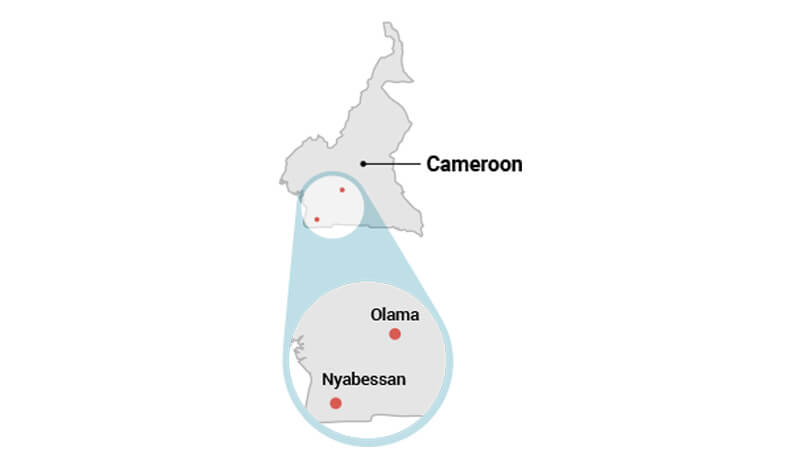
Kenya
Six villages: Chodari, Ngombeni, Mapawa, Ziani, Makata and Pingilikani along the coastal strip of Kilifi County
Ethiopia
Bore Tika (Seka) village: 350 km southwest of Addis Ababa city in Seka Chekorsa District, Jimma town, Oromia Regional State
Chewaka village: in Chewaka district, Buno Bedele Zone, Oromia Regional State
